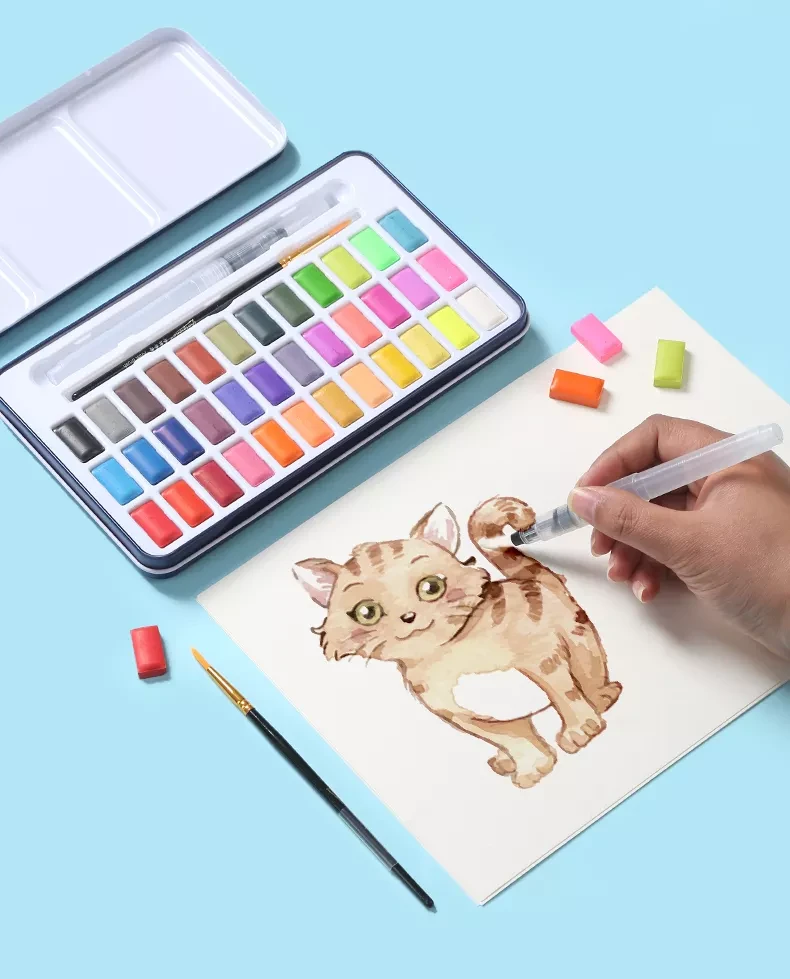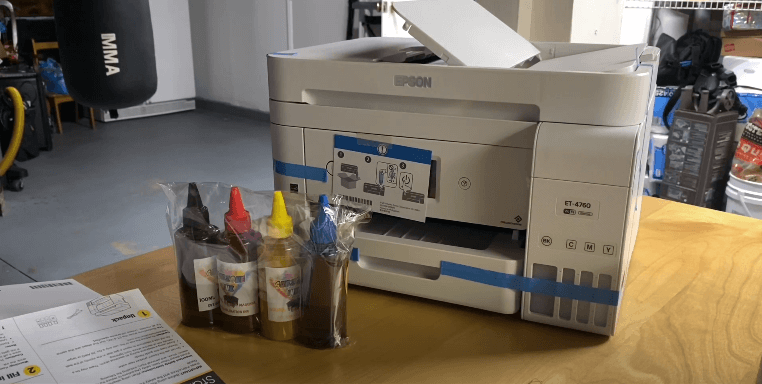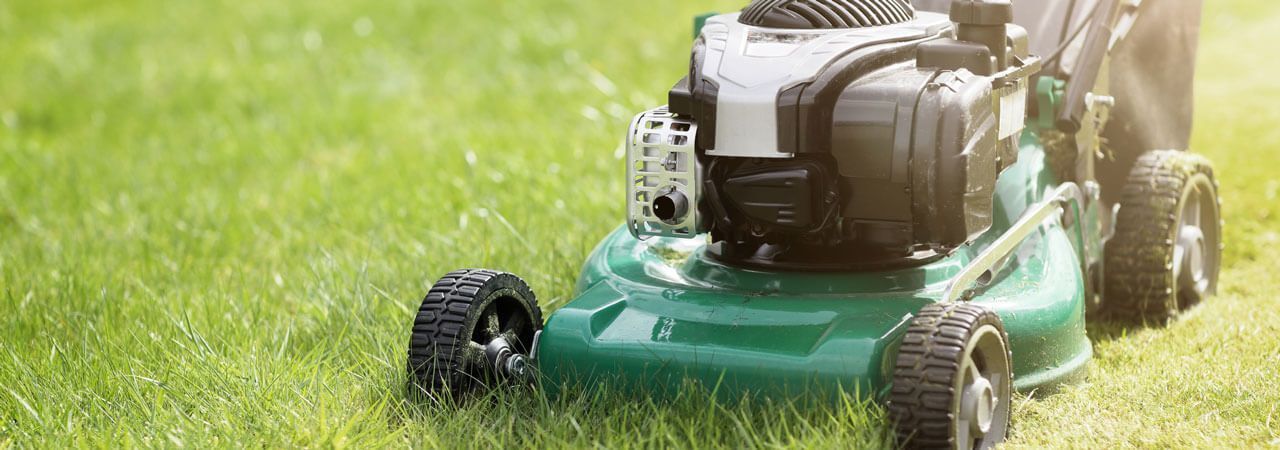
Watercolor painting is a beautiful and versatile art medium that allows artists to create stunning works of art with the simple use of water and pigments. Whether you're a beginner or an experienced artist looking to refine your skills, this guide will help you understand the basics and provide tips on how to use watercolor paints effectively.
1. Understanding Watercolor Paints
Watercolor paints are made from pigments suspended in a water-soluble solution. The key characteristic of watercolors is their transparency, which allows light to pass through the paint and reflect off the paper, creating vibrant and luminous effects.Types of Watercolor Paints:
- Pans: Dry, solid cakes of paint that can be activated with water.
- Tubes: Concentrated liquid paint that is more vibrant and easier to mix.
2. Essential Supplies
Before diving into watercolor painting, gather the necessary supplies:- Watercolor paints: Choose high-quality paints for better results.
- Watercolor brushes: Various brush shapes and sizes for different techniques.
- Watercolor paper: Specifically designed to handle the amount of water used in watercolor painting.
- Water container: For rinsing brushes and adding water to the palette.
- Palette: A flat surface for mixing and diluting paints.
3. Basic Techniques
a. Wet-on-Wet:
- Wet the paper with water before applying the paint to create a softer and blended effect.
- Apply the paint to the wet surface and watch it spread and mix.
b. Wet-on-Dry:
- Apply paint to dry paper, allowing for sharper edges and precise details.
- Layering is easier with this technique.
c. Glazing:
- Apply a thin, translucent layer of color over a dry layer to create depth and luminosity.
- Let each layer dry before applying the next.
d. Dry Brush:
- Use a dry brush with little water to create texture or add fine details.
- Ideal for creating a rough or textured look.
4. Color Mixing and Blending
Understanding color theory is crucial for effective watercolor painting:- Primary Colors: Red, blue, and yellow.
- Secondary Colors: Green, orange, and purple (obtained by mixing primary colors).
- Tertiary Colors: Mix a primary color with a neighboring secondary color.
5. Painting Techniques
a. Washes:
- Apply a large, even wash of color to cover a significant area of the paper.
- Start with a light wash and gradually build up layers for depth.
b. Detailing:
- Use a fine brush to add intricate details and small features to your artwork.
c. Lifting:
- Dab a clean, damp brush or tissue onto the painted area to lift off color and create highlights or corrections.
6. Practice and Experimentation
The key to mastering watercolor painting is practice and experimentation. Create a dedicated practice routine and explore different techniques, color combinations, and styles. Don't be afraid to make mistakes; they are valuable learning experiences.7. Preservation and Care
To preserve your watercolor artworks:- Matting and Framing: Use acid-free mats and UV-protective glass for framing.
- Avoid Direct Sunlight: Display your artwork away from direct sunlight to prevent fading.




